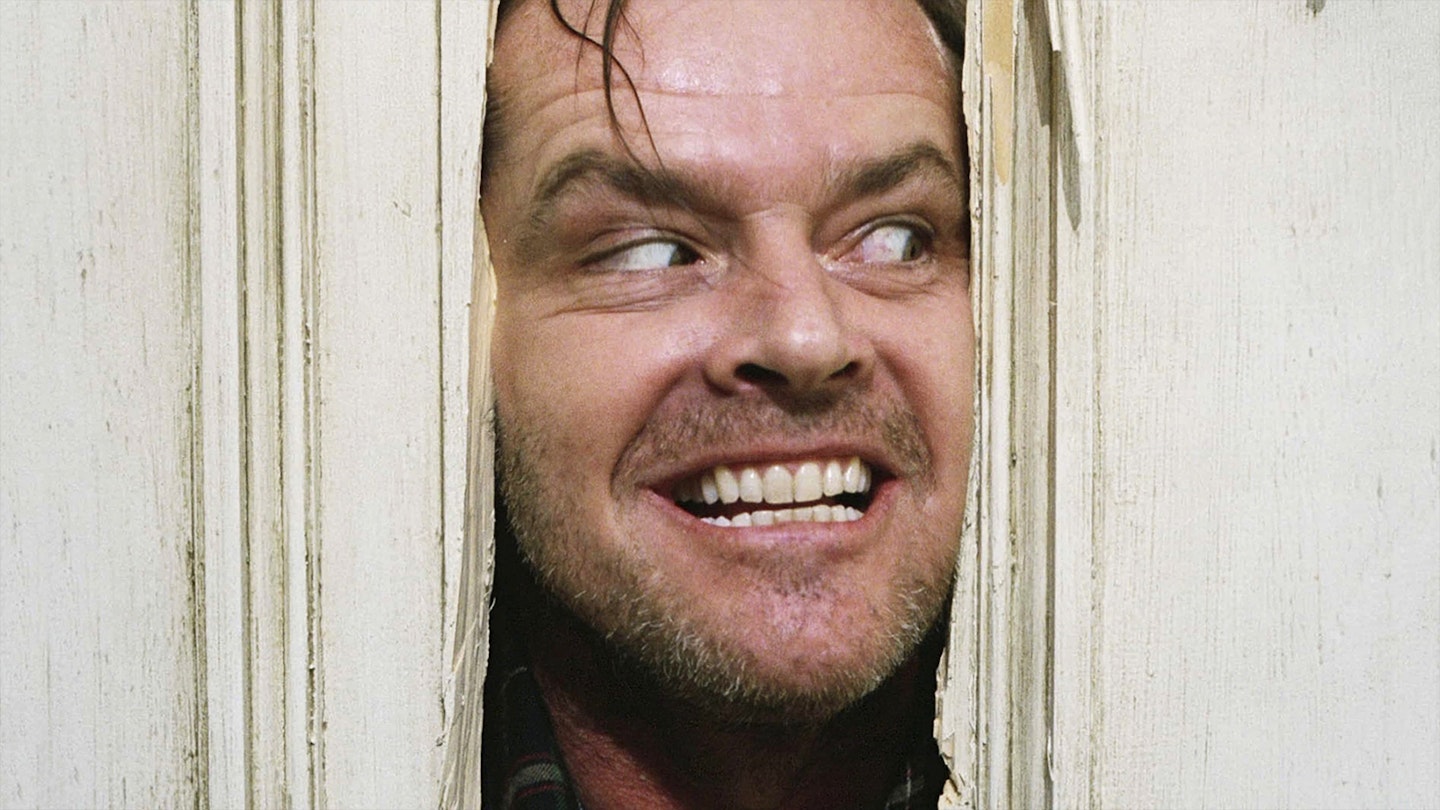In a career so far spanning 50 years, Stephen King has published 65 novels (with a 66th imminent) and more than 200 short stories. His books have sold more than 400 million copies worldwide, and have been regularly snapped up for film and TV adaptation. As a brand name, King is almost as prolific on screen as in print, with at least 60 movies (not even including the eight sequels to Children Of The Corn) and 50 shows to date, with more always incoming.
Cinematically, however, while some of the author’s adaptations are clear-eyed classics, the King association has not always been a guarantee of quality. In the early days, the gold rush to mine his back catalogue yielded more turkeys than treasure. So, with Rob Savage’s excellent The Boogeyman out this week (based on a 1973 short story in King’s Night Shift collection), Empire have put together a list of the 15 greatest big-screen versions of the legendary scribe’s stories. Heeeere’s… er… Stephen.
15. Cujo (1983)
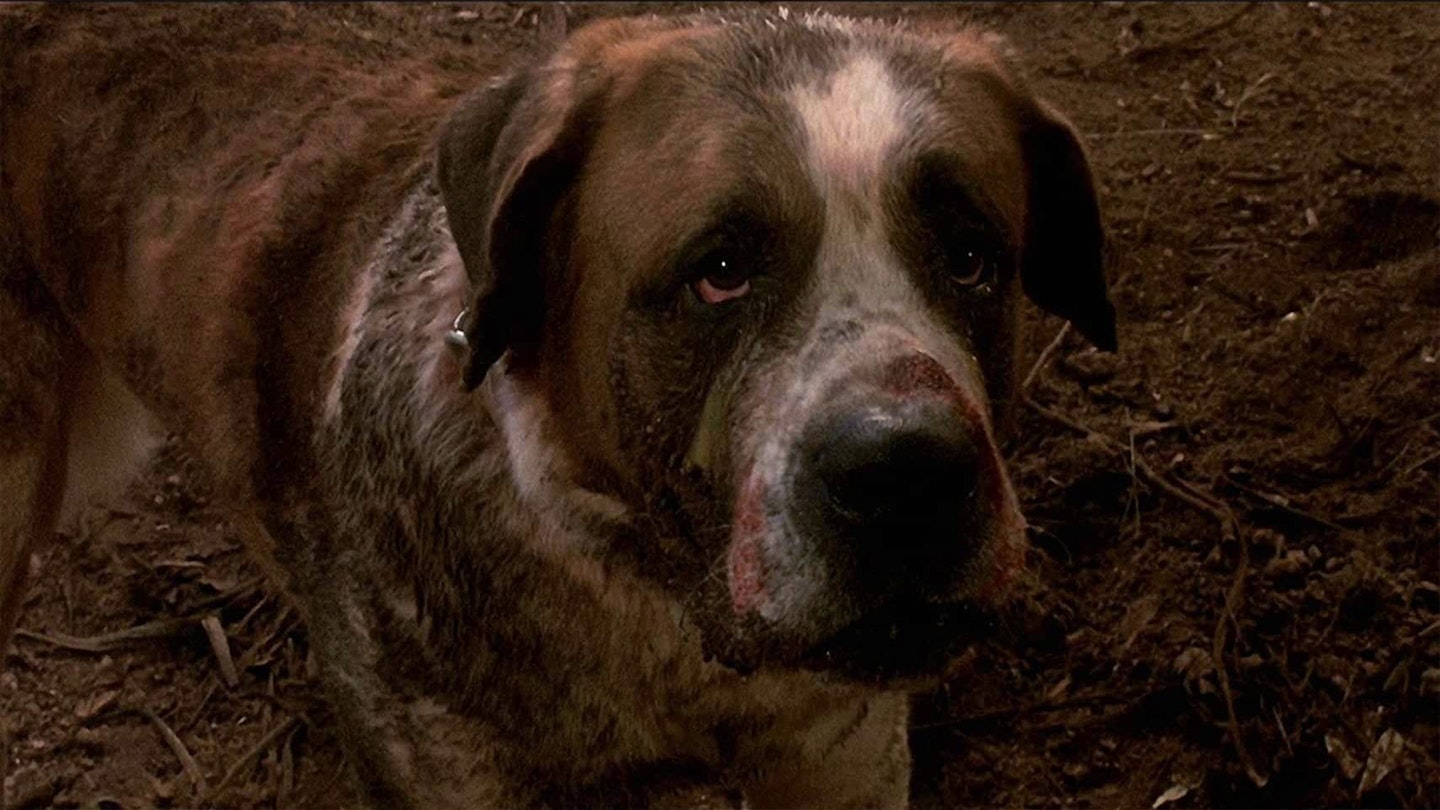
Released within weeks of Christine, Cujo is an example of solid early-'80s King-adapting, in this case by Lewis Teague. The simple premise is, in large part, a base-under-siege story, where the base is a knackered Ford Pinto and the siege is coming from a St Bernard with rabies. Cujo (as King was keen to underline) was a good boy who loved his family, but after a bat-bite down a rabbit hole, those days are over. Neighbours and lawmen come off badly, and Dee Wallace and Danny Pintauro have only a baseball bat and a rustbucket shelter to fend the hound off. Plus there’s dehydration and heatstroke to think about. The ending of the book is changed to something that makes considerably less sense, but there’s undeniable tension in watching a slobbering dog trying to eat a car for an hour. Switching species, Teague’s immediate next film was the King anthology Cat’s Eye.
14. It Chapter Two (2019)
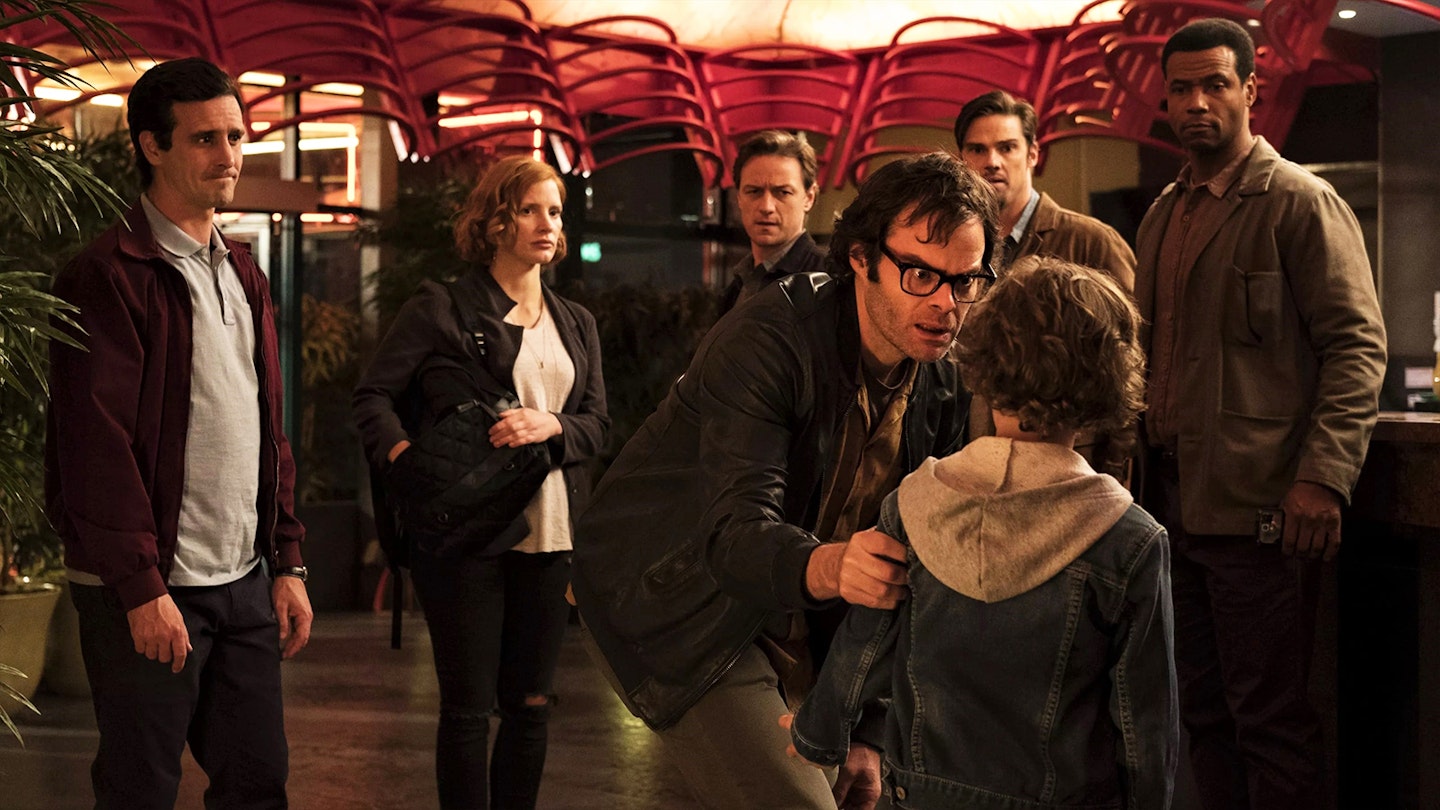
The second half of Andy Muschietti’s adaptation of King’s 1100-page doorstop picks up 27 years later, and swaps in an adult cast – although there are still flashbacks to the kids, meaning the delineation between the two films wasn’t quite as clear cut as expected. Mike (now played by Isaiah Mustafa) starts to get vibes that ancient evil Pennywise (Bill Skarsgård; indescribable once again) is returning, so rounds up the Losers Club – who've all gone their separate ways in the intervening decades – for the rematch they promised with their childhood blood oath. His job is complicated by the fact that, while the other Losers do recall some great traumatic event of their past, they've all blocked out exactly what it was. Bev (Jessica Chastain and Sophia Lillis) also has some arguably even darker stuff to confront. Chapter Two is a more muted affair than its predecessor, but crucially it fixes King’s clunky ending, and, as before, it’s the characters and relationships that are It’s absolute strength.
13. Gerald’s Game (2017)

Widely considered unfilmable in the decades since its 1992 publication, Gerald’s Game was finally solved by avowed King aficionado Mike Flanagan. The perceived difficulty was the story’s entire premise: Jessie Burlingame reluctantly endures a bondage sex game with her husband Gerald, who promptly drops dead of a heart attack, leaving her handcuffed to the bed at their remote cabin by the lake. One location, very few characters, and the protagonist basically can’t move. Everything depends on the central performance, and Flanagan’s great win was casting Carla Gugino as Jessie, whose career-best turn runs the gamut of every emotion as her predicament becomes increasingly desperate, perplexing and surreal. She’s been a mainstay in Flanagan’s work (The Haunting Of Hill House and Bly Manor, Midnight Mass, The Fall of the House of Usher) ever since.
12. Christine (1983)
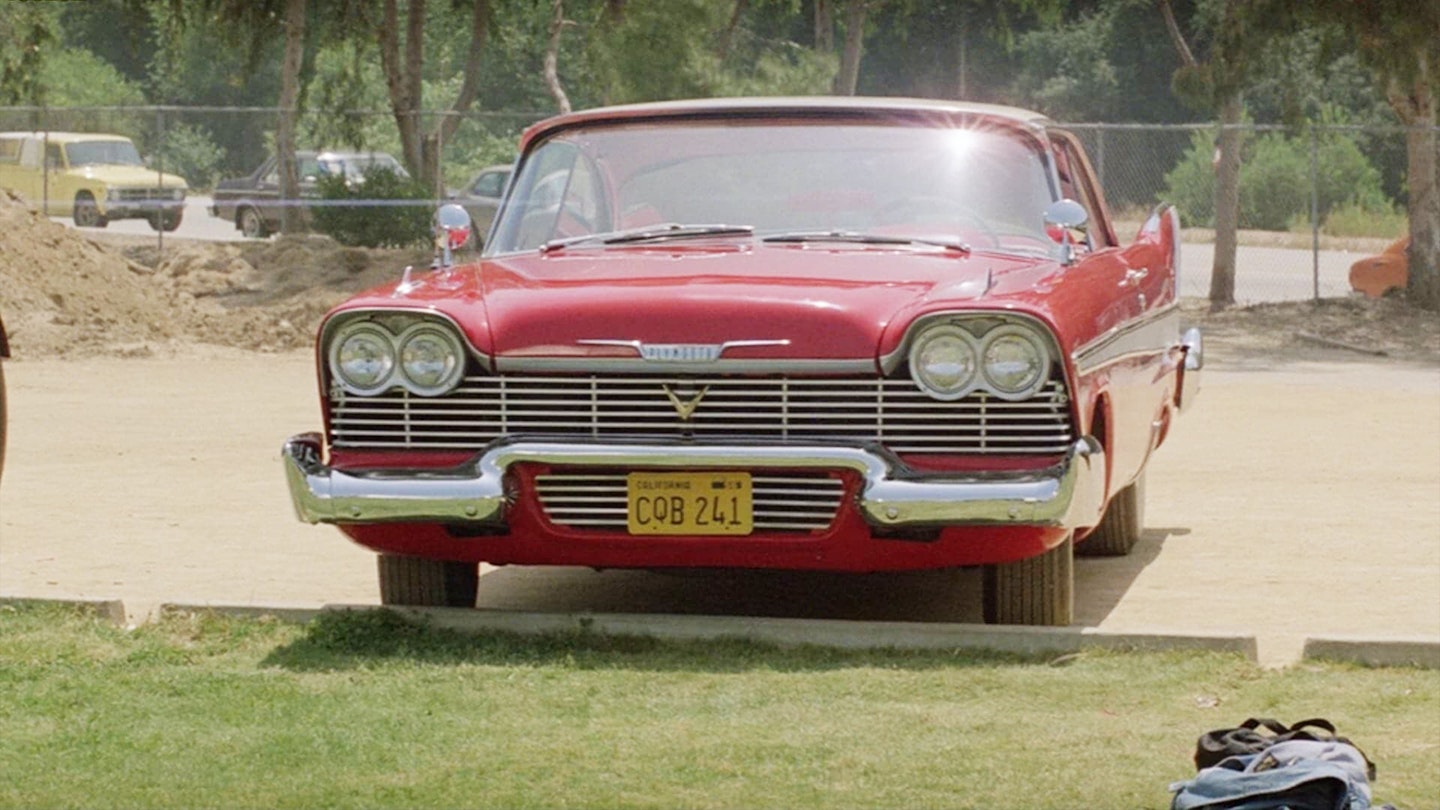
If there’s one guy you want adapting a story about a car which keeps killing people, it’s John Carpenter, straight off the back of The Thing. It’s one of King’s more pulpy ideas, with Carpenter gleefully leaping into the driver’s seat and flooring it. Arnie is your standard issue high-school wet lettuce, bullied and browbeaten – but when he starts restoring a clapped-out old Plymouth Fury called Christine, he finds himself becoming more confident and alluring. As Arnie pours more of himself into Christine, it becomes clear she has dark secrets hidden under her bonnet. Breezily gruesome and enormous fun, Christine is a kind of fairground mirror vision of American Graffiti – where George Lucas’ cruising memoir is a wistful portrait of more innocent times, Christine warns that too much nostalgia will start to devour you.
11. Doctor Sleep (2019)
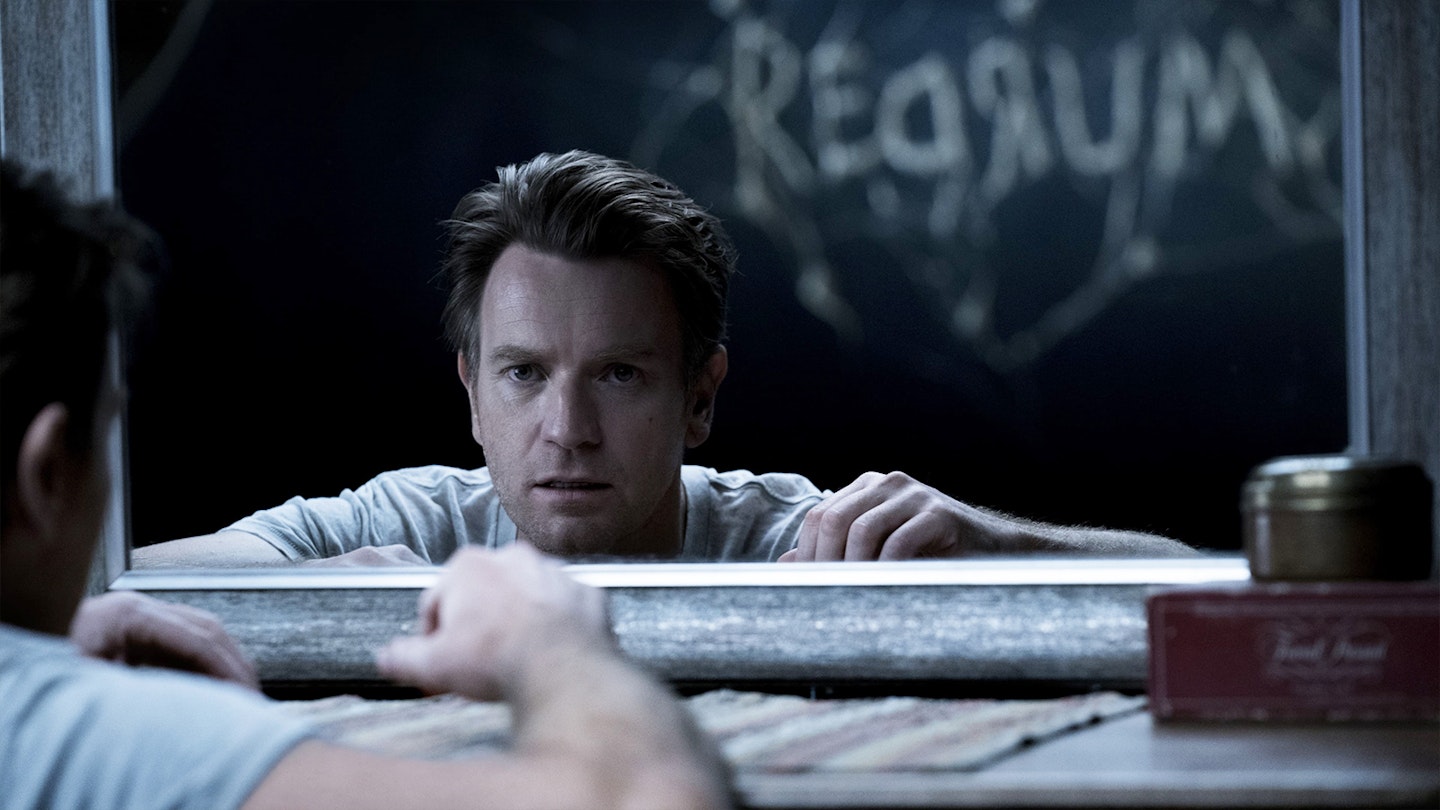
Here’s Mike Flanagan again. Having achieved the supposedly unachievable with Gerald’s Game, he was the obvious choice for the daunting task of King’s belated 2013 sequel to The Shining. The grown-up 'Dan’ Torrance (Ewan McGregor) now lives in New Hampshire, working in a hospice where his psychic ability helps ease terminally ill patients in their final moments. The antagonists this time are an itinerant cult called the True Knot, headed up by Rebecca Ferguson's Rose the Hat, who travel the States in Winnebagos and feed on a psychic essence they call 'Steam’, which they harvest by murdering children who have the Shining (something Flanagan doesn’t shy away from, with appropriately appalling results). On the page and on screen it’s all an odd business, but Flanagan’s great success here was his insistence that Stanley Kubrick’s version of The Shining couldn’t be ignored. King’s Kubrick antipathy is legendary, but King burnt the Overlook down while Kubrick left it standing. The movie version of Doctor Sleep is arguably more satisfying than the novel, since Dan actually has to go back into that hotel. The book climaxes in an empty car park.
10. The Green Mile (1999)

How do you follow The Shawshank Redemption? For Frank Darabont, the answer was another period-set prison movie, with a three-hour runtime and Tom Hanks. The titular mile is the lime green death row of Cold Mountain Penitentiary in the 1930s, where mystical gentle giant Michael Clark Duncan is imprisoned for the alleged murder of two girls. Hanks is the officer who comes to believe that Duncan’s miraculous healing powers mean he can’t be a killer. There’s horror in some exceptionally nasty moments with the electric chair ('Old Sparky'), but like Shawshank, this is essentially a weighty melodrama, this time with fantastical elements. Darabont’s direction is meticulous and his adaptation reverent: hence that leisurely length. If it feels episodic, that reflects the nature of King’s original – experimenting with getting his Dickens on, the first publication was in six separate instalments.
9. Salem’s Lot (1979)
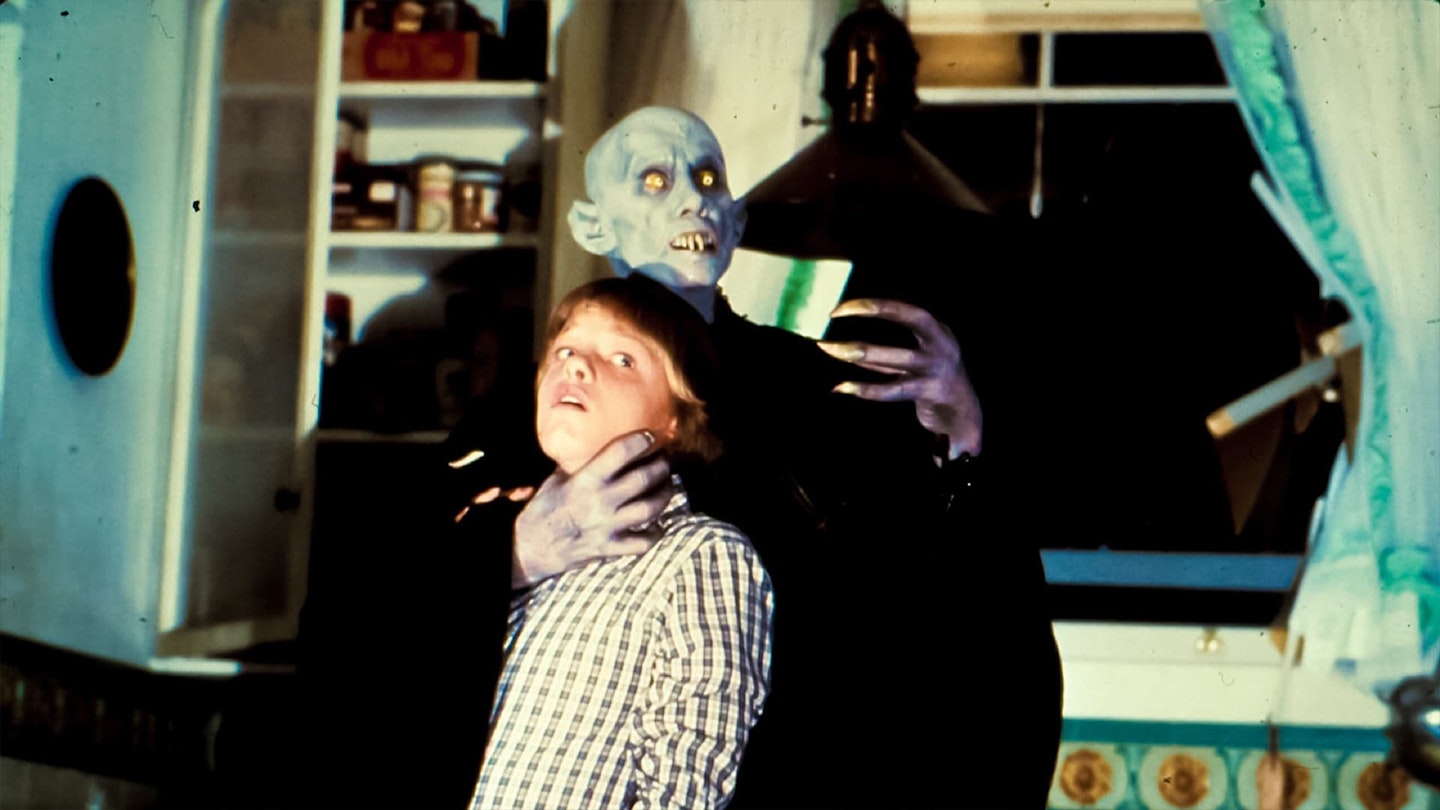
One of King’s earliest novels became this three-hour mini-series, directed by The Texas Chain Saw Massacre’s Tobe Hooper (although it was cut down for theatrical release in some countries). Undoubtedly limited by what was permissible on 1970s American television, it’s still surprisingly strong. And since King himself always described it as a horror version of soap opera Peyton Place, maybe TV was its natural home anyway. The core narrative thrust of a town that’s gradually vampirised until there’s no one left remains intact, and there are indelible scares in scenes like Ralphie Glick (Ronnie Scribner) floating at a window, or Mike Ryerson (Geoffrey Lewis) simply sitting in a rocking chair. The book’s chatty Mr Barlow becomes Reggie Nalder’s wordless Nosferatu, but even that oddly works; Barlow’s insidious familiar, Straker (a late-career James Mason), does the heavy lifting instead.
8. It (2017)
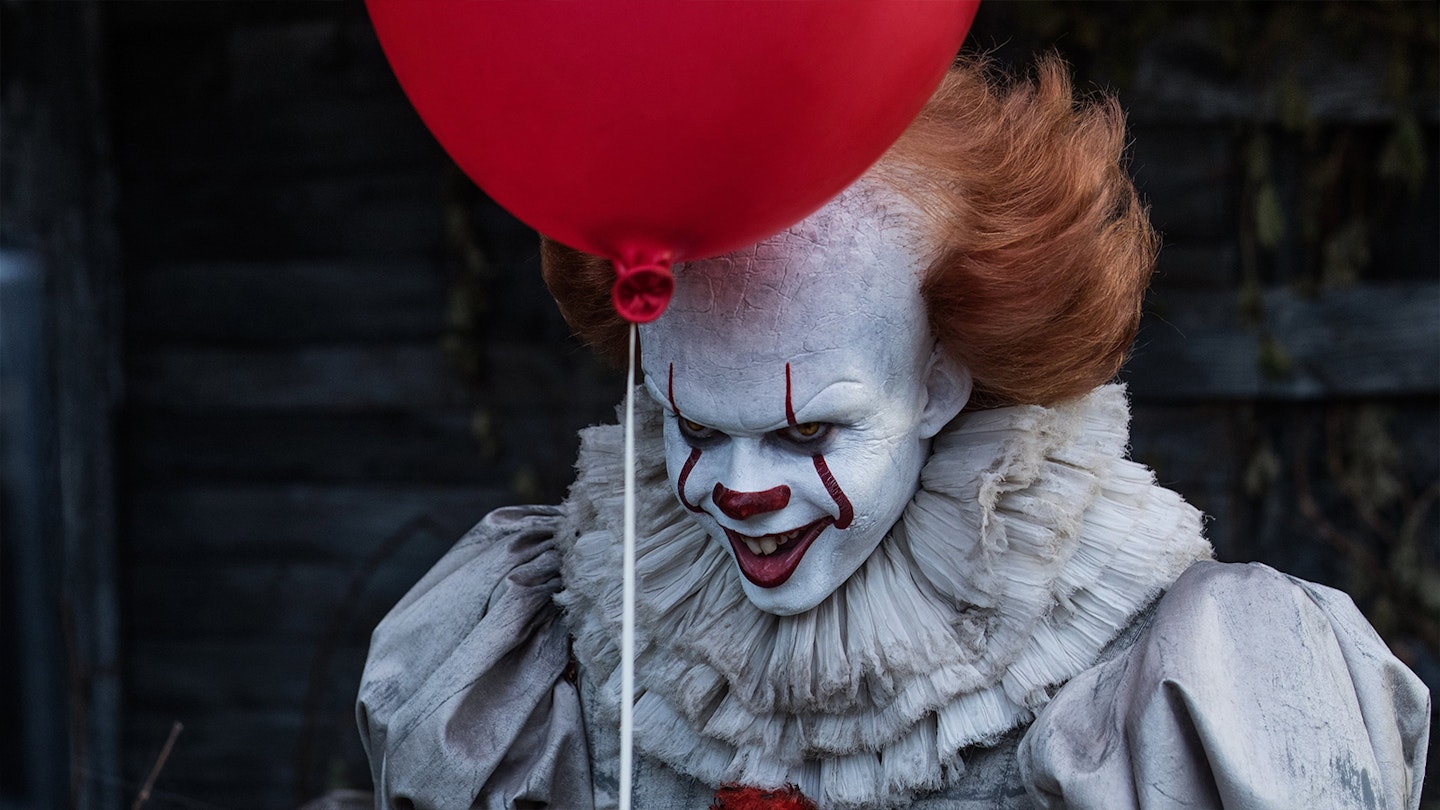
Not many fictional villains inspire actual, real-life pranks-slash-actual-crimes. But throughout the early 2010s, there was a plague of mysterious creeps mimicking Tim Curry’s grease-painted ghoul Pennywise in the original It miniseries across the UK and USA. That’s how strong the cultural memory of Pennywise was, and the scale of the job Bill Skarsgård had to make the part his own. His lanky, manic clown channels a bit of Heath Ledger’s Joker and a bit of The Shining’s Jack Torrance, but there’s something entirely Skarsgård’s own there too. It is a touch jump-scare heavy – there’s a limit to how many times the whoops-bang-CLOWN-bang recipe works – but the very charming gang of Stand By Me-style kids trying to fend off bullies, find the body of a dead brother and sort out an evil shape-shifting entity are what make the whole thing fly.
7. The Dead Zone (1983)
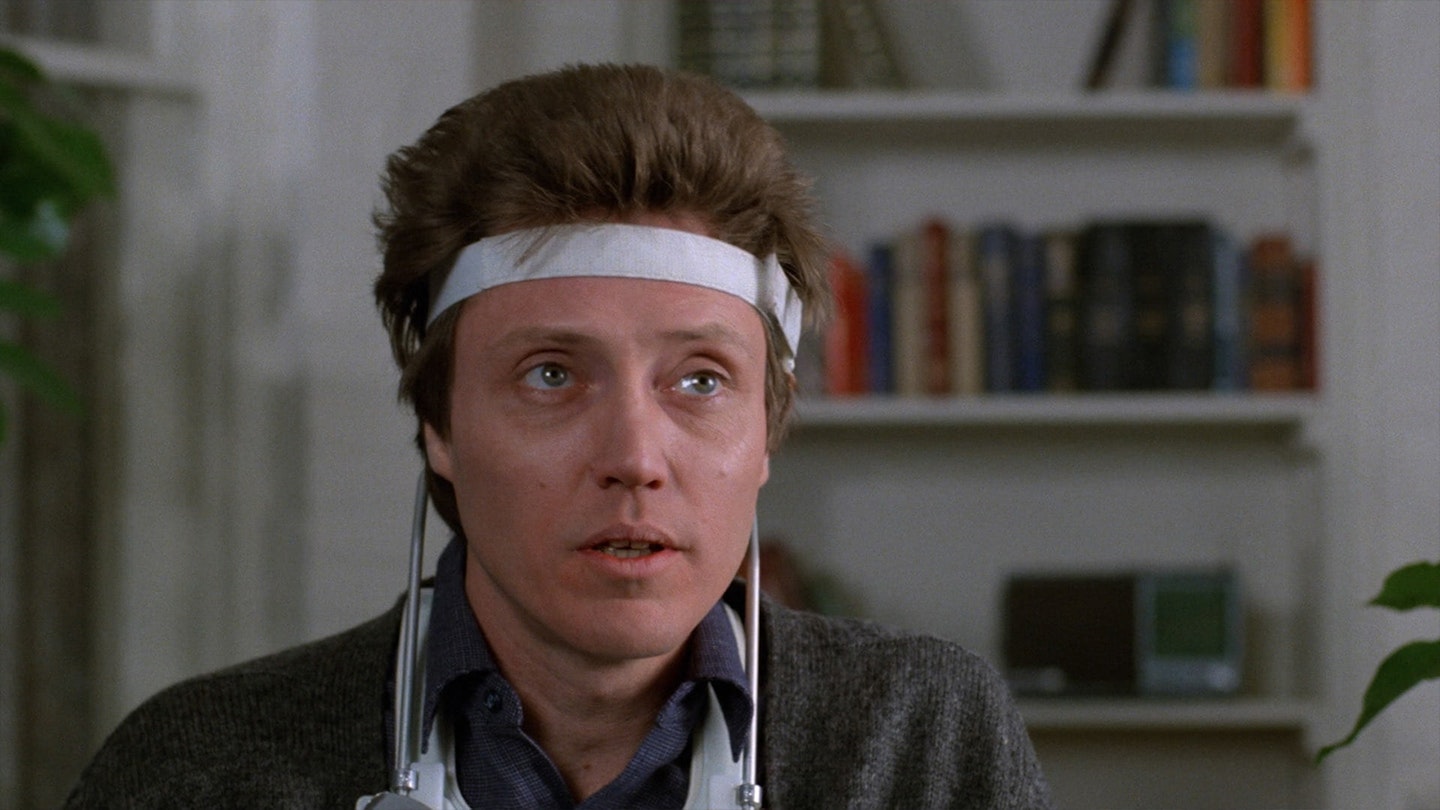
When Johnny (a bouffant-haired Christopher Walken) wakes up from a coma he fell into after driving his Beetle into a lorry, everything has changed. Five years have passed. His girlfriend Sarah (Brooke Adams) has moved on and got herself a husband and child. And he can now psychically see into the futures of people he touches. It’s quite a responsibility, especially when he sees the fiery destruction of all of humanity in the future of a local politician. (If you think that alternate history sounds crazy, there’s a parallel universe where a post-Ghostbusters Bill Murray got the Johnny role ahead of Walken.) Along with The Fly, this taut thriller is about as big-time-Hollywood as David Cronenberg got, and though Videodrome – also released in 1983 – is more obviously Cronenbergian, there’s a reality-warping nightmarishness in everyman Johnny’s predicament that more than matches it.
6. Misery (1990)

It’s impossible to think about Misery and not wince inwardly. Kathy Bates with the sledgehammer; James Caan’s poor old legs. Oof. Yowza. That’s got to smart. But that visceral, tibia-smashing moment is the culmination of slowly ratcheting tension, as Bates’ obsessive fan Annie takes in Caan’s stranded novelist Paul Sheldon when he crashes his car in a snowstorm. She’s very into Sheldon’s run of novels about blousy romantic heroine Misery Chastain, but doesn’t take the news that Misery’s for the chop at the end of Sheldon’s new one very well. Nope, she’s going to keep Sheldon hostage until he’s written a proper ending for Misery. Meanwhile, Sheldon tries to find a way out of Annie’s house and back to civilisation. It’s a claustrophobic two-hander, with Bates utterly horrifying as she morphs slowly into a monster. You’re still thinking about the hobbling scene, aren't you? Sorry.
5. The Mist (2007)
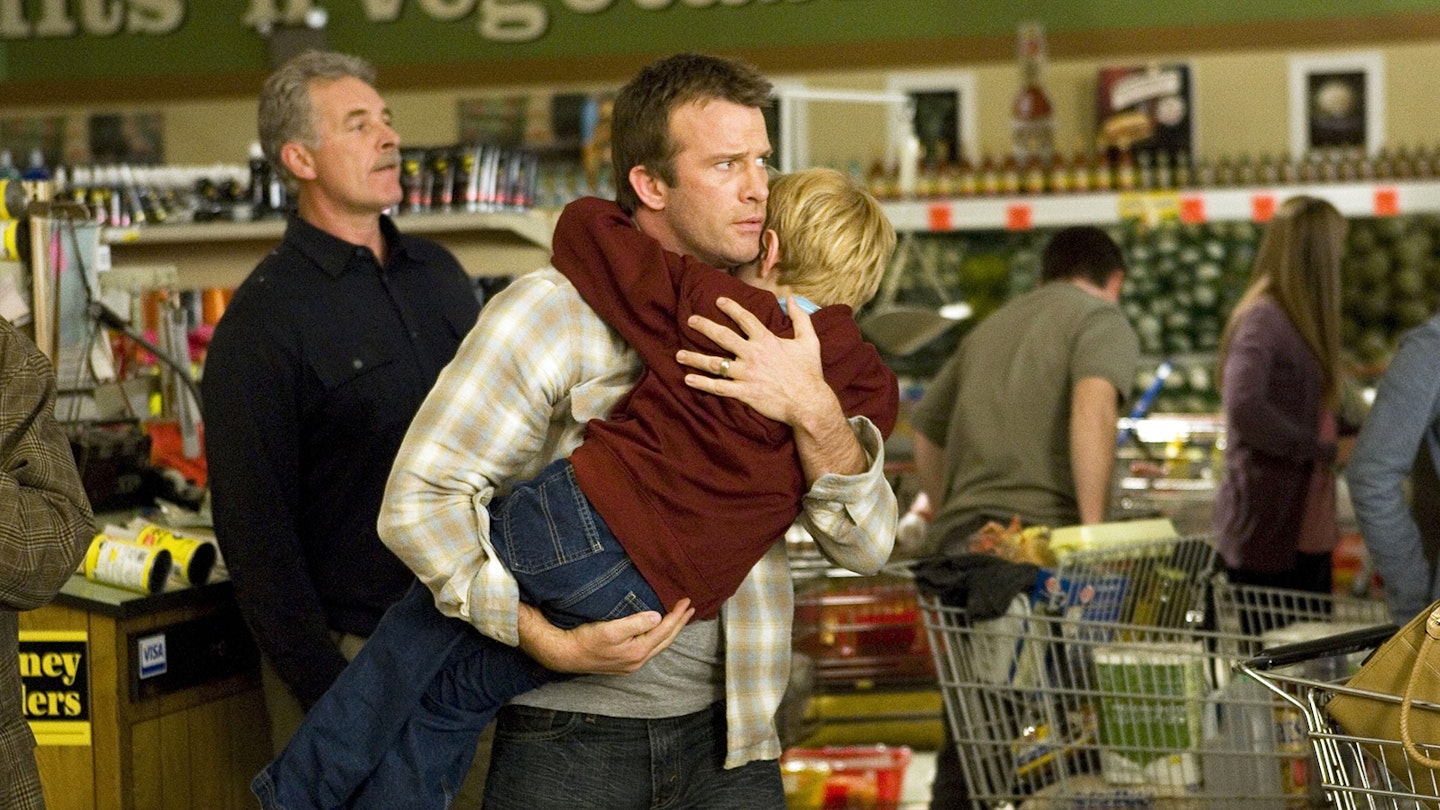
After directing The Shawkshank Redemption and The Green Mile, Frank Darabont achieved a hat-trick of King adaptations with a very different kind of movie. Namely: a big old creature-feature where a tentacled creeper, massive insects and giant spiders terrorise small-town America. Yep, folksy uplift this ain’t. Darabont has said The Mist is “less about the monsters outside than about the monsters inside: the people you're stuck with, your friends and neighbours, breaking under the strain”. It is. But it’s also very, very much about people getting eaten by praying mantises, and there’s no shame in that. And at a time when Hostel and the Saw franchises were horror’s big draw, The Mist’s gut-punch twist ending showed that you can crush an audience without crushing skulls.
4. Stand By Me (1986)

One heatstruck summer, a bunch of misfit kids set out to find small-town fame by recovering the body of a missing boy some bigger bullies have chanced upon. Gordie (Wil Wheaton), Chris (River Phoenix), Teddy (Corey Feldman) and Vern (Jerry O’Connell) go on their quest whilst trying to avoid said bullies; gently, tentatively hiking toward the foothills of adulthood. Rob Reiner, right in the middle of his hot streak between This is Spinal Tap and Misery, sets it all out as perhaps the least King-ish type of story possible – a folksy kids’ caper – and lands somewhere far more meditative, where the bittersweet joy of feeling young friendships deepening and broadening also means you can never rediscover the purity and simplicity you once had.
3. Carrie (1976)
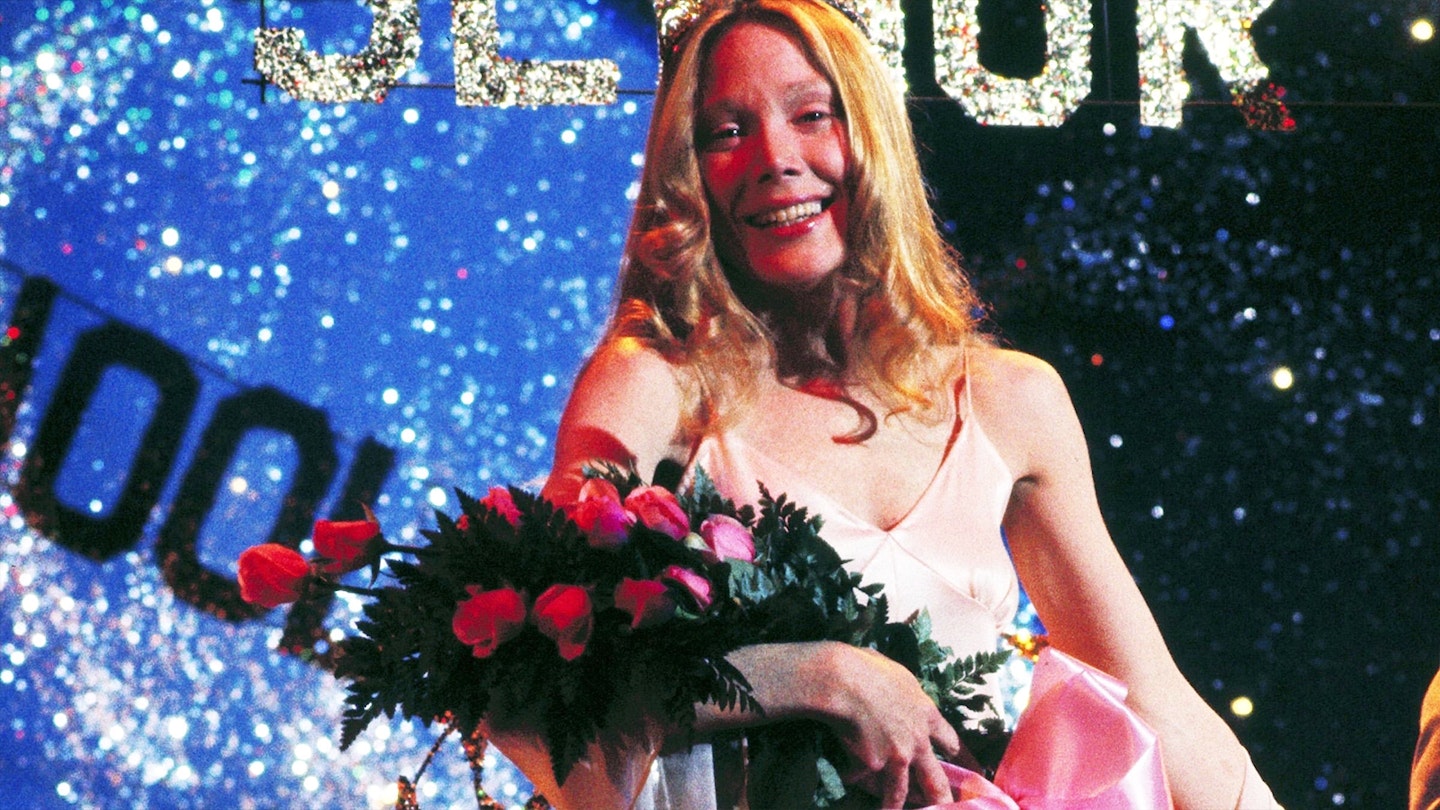
The very first big-screen adaptation of one of King’s works came only a couple of years after he had had his first novel published, and both followed the story of 16-year-old Carrie White. She is smothered by an overbearing zealot of a mother, crushed and kicked around by her school peers, and horrified when her first period comes on in the school showers. Sissy Spacek brings a wide-eyed fragility to Carrie, which soon turns to a terrible knowledge of her own power when she realises that her rage and embarrassment translate into telekinetic powers. Before you know it, Carrie’s on the warpath, the whole school’s on fire and there’s pig blood all over the gaff. King’s works bring the haunted, gaunt Americana of Grant Wood’s ‘American Gothic’ into the 20th century; Brian De Palma’s telling adds buckets of lurid, European giallo flair to the mix. Plus! An early sighting of the hand-bursting-from-the-grave ending.
2. The Shawshank Redemption (1994)
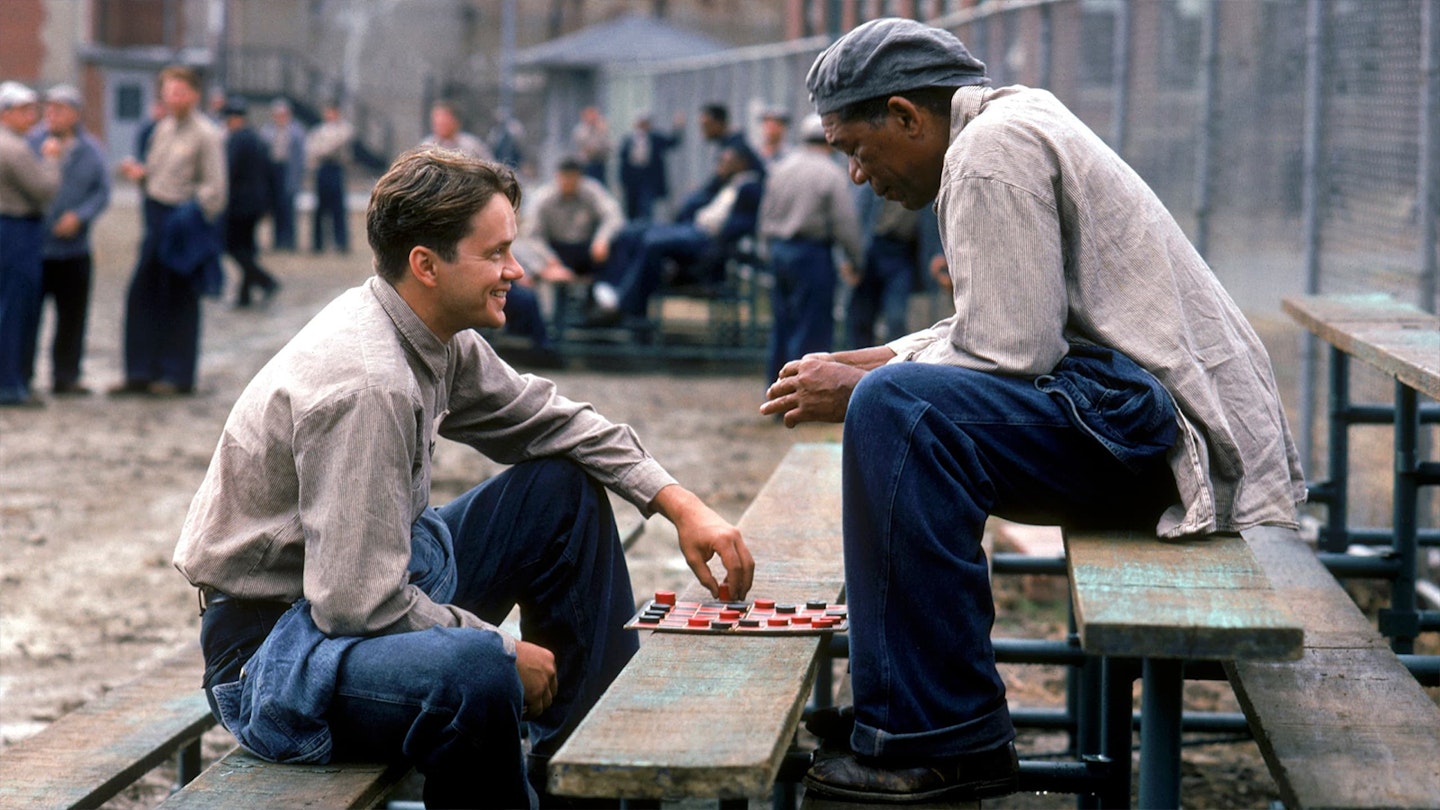
Sadistic guards, brutal inmates, crooked prison wardens and the horror of being stuck in prison for a murder you didn’t commit: yep, The Shawshank Redemption sure is one of cinema’s most uplifting experiences. King’s story follows Andy Dufresne (Tim Robbins), a banker thrown into the bear pit of a double life sentence when he’s found guilty of murder. Dufresne finds his feet with help from old lag Red (Morgan Freeman, using all his beat-up street-wisdom and twinkly charm) and bides his time, before planning his escape while stitching up the warden (a superbly pugnacious Bob Gunton). Director Frank Darabont finds something Capra-esque here and, like Capra’s It’s a Wonderful Life, Shawshank was unloved on release but blossomed into a sleeper hit. Its power is in its disarmingly simple outlook: it’s a hymn to holding onto your integrity while keeping on keeping on, with the promise that crawling through five hundred yards of shit-smelling foulness is worth it when you find open air, a beach, and an old friend.
1. The Shining (1980)
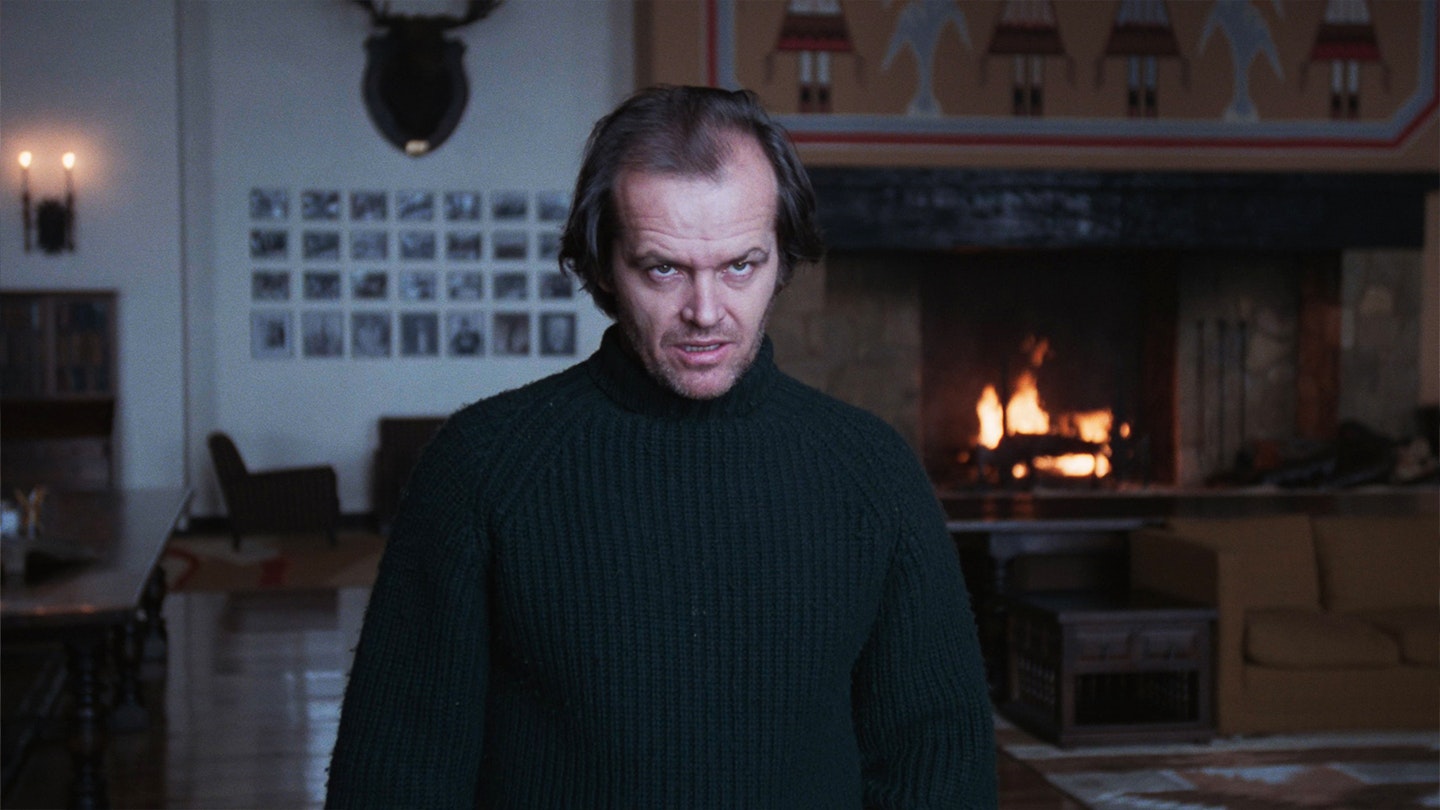
In 1974, Stephen King opened up an atlas, picked a spot at random, and headed there to write his next book. He and his wife checked into the Stanley Hotel near Boulder, Colorado, and immediately felt spooked. “We found ourselves the only guests in the place,” King recalled later, “with all those long, empty corridors.” The result was The Shining. Stanley Kubrick’s masterful take on a writer’s spiral into madness at The Overlook Hotel captured that nightmarish quality in some of cinema’s most enduring images: the twins in the hall; the woman in the bath; blood pouring from the elevator; a door splintering as Shelly Duvall’s Wendy shrieks. Tasked with looking after the hotel for the winter, Wendy, Jack (Jack Nicholson at his most maniacal, sarcastic and malevolent) and their bonny wee telepath Danny (Danny Lloyd) soon find bad vibes and ghouls abound. The result was so frightening, Robert De Niro had nightmares for a month after seeing it.
